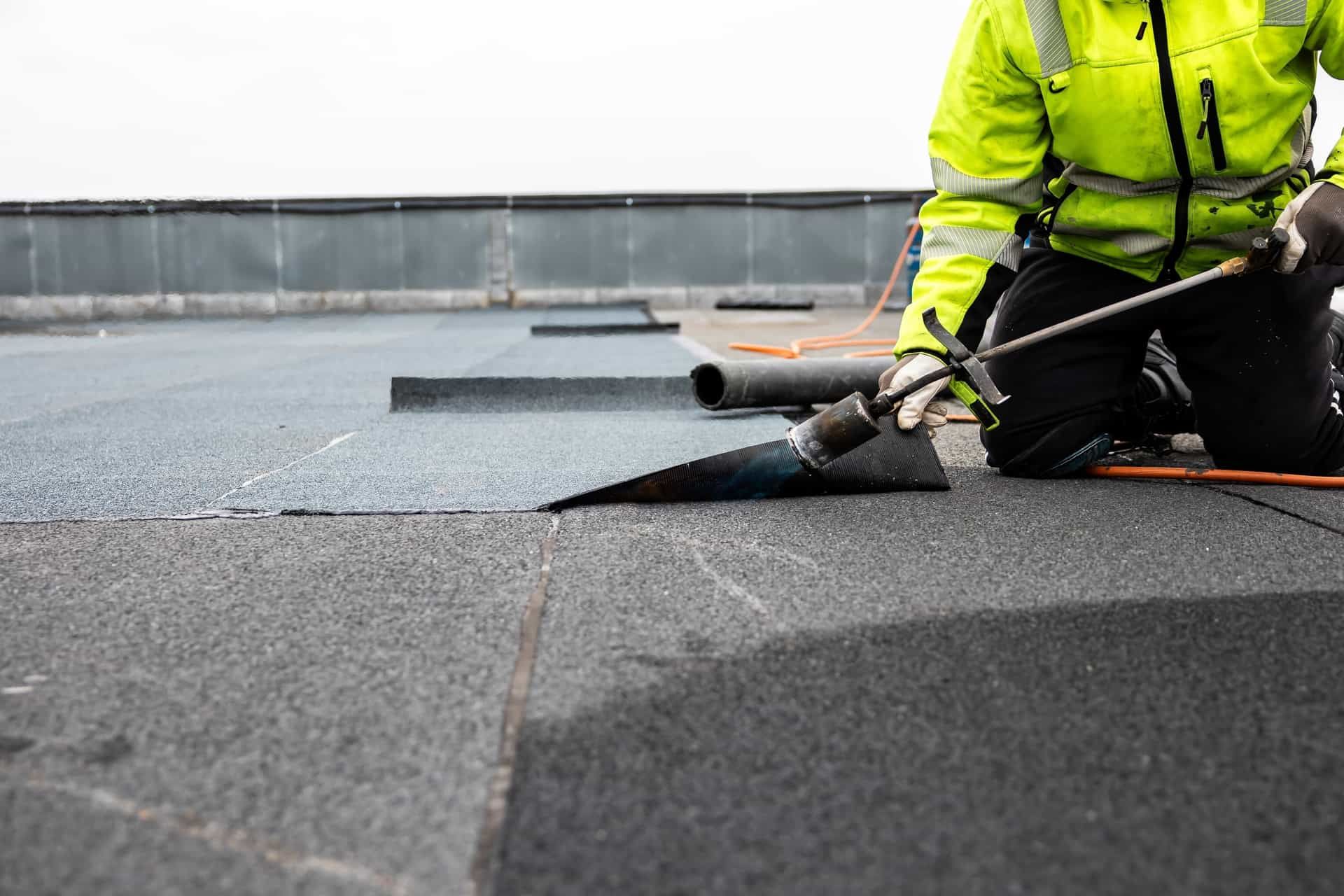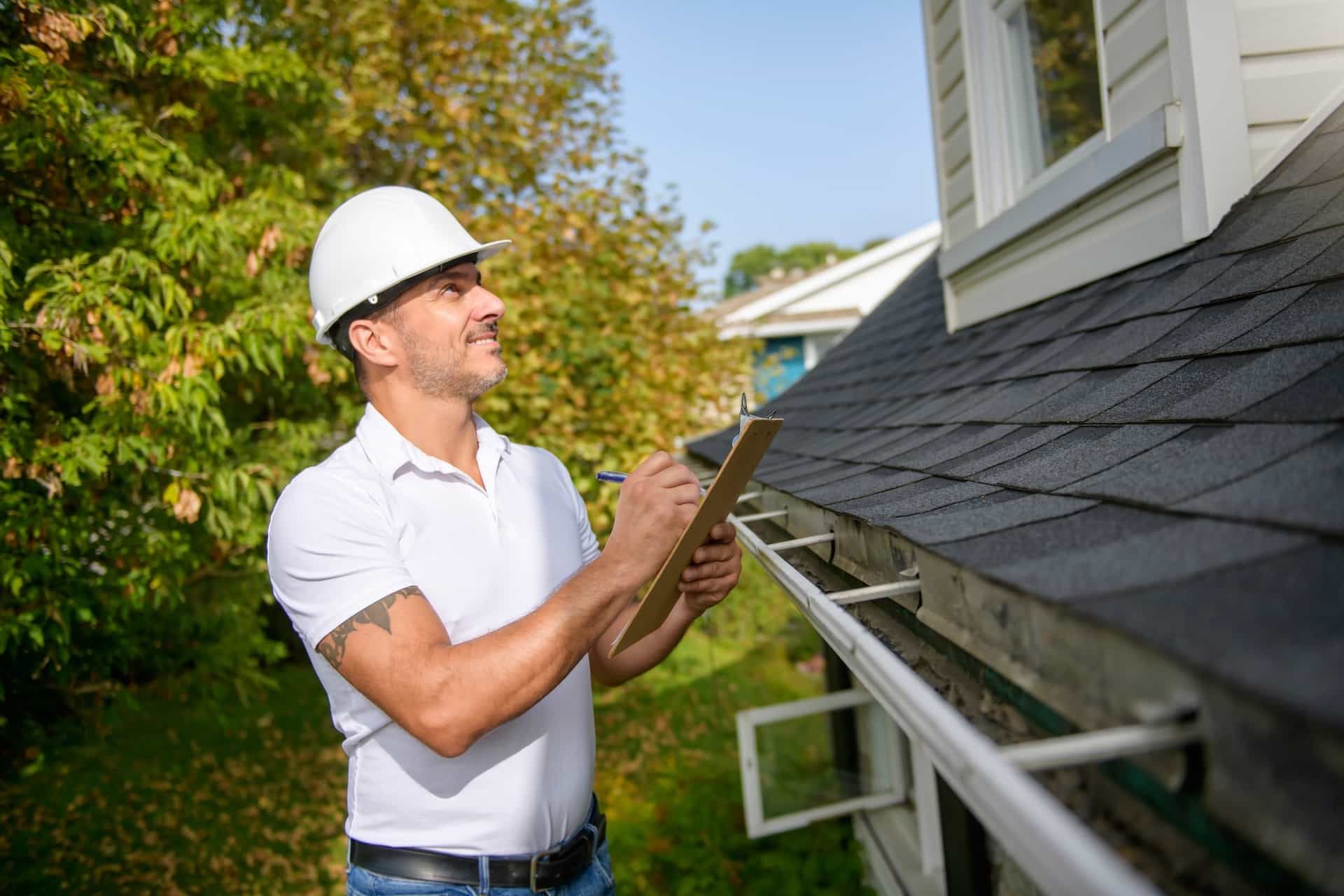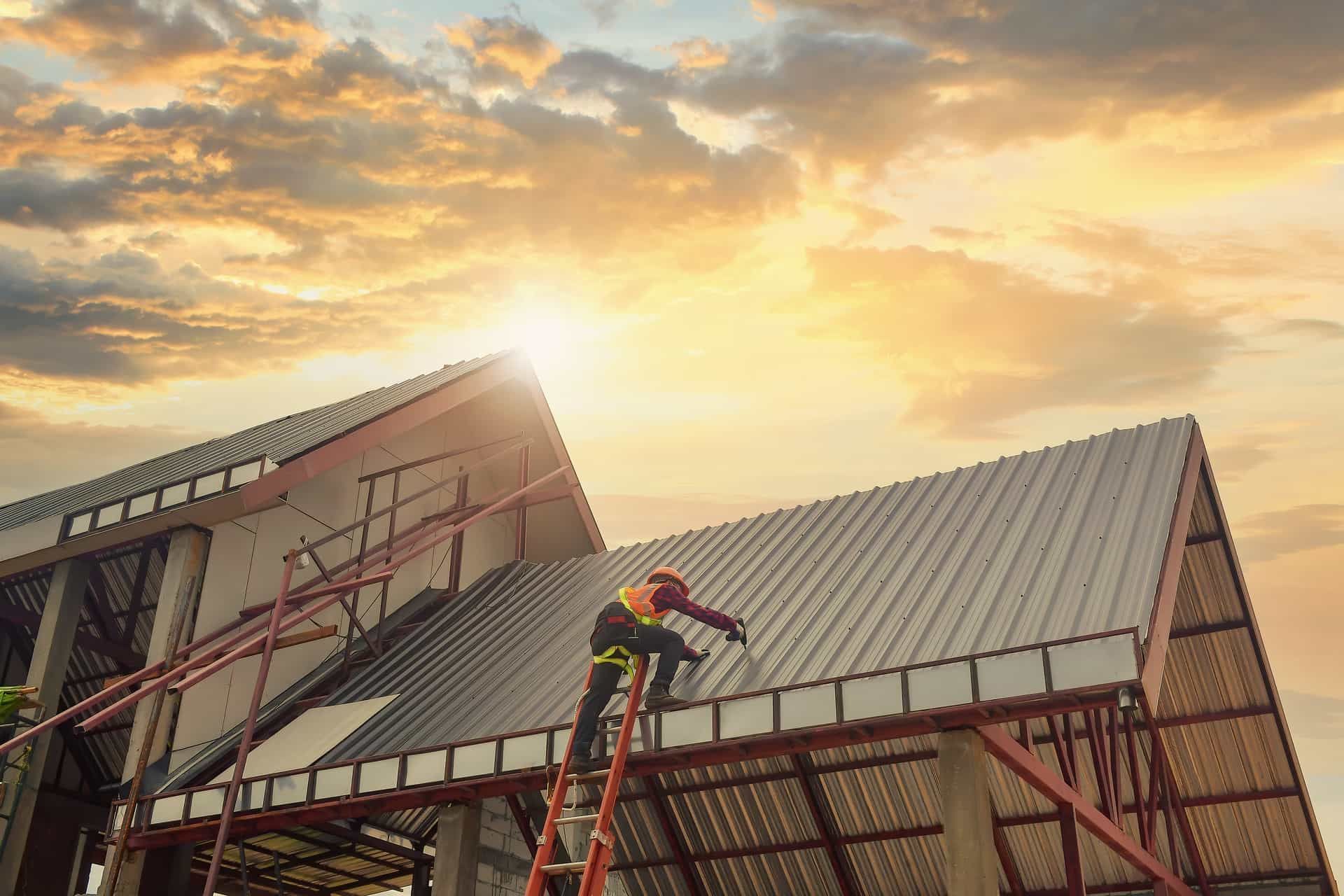What is Roll Roofing? Advantages & Disadvantages of Roll Roofing
Roll roofing is a popular option for homeowners and builders in Florida due to its simplicity, cost-effectiveness, and easy installation process. While there may be other choices when considering roofing solutions, roll roofing can be an efficient option for specific requirements.
In this blog post, we'll delve into roll roofing, its advantages and disadvantages, and why it could be the right choice for your upcoming roofing project.
What Does Roll Roofing Include?
Roll roofing is a roof covering material in large rolls rather than separate shingles or tiles. It is crafted from materials similar to asphalt shingles, such as asphalt-impregnated fiberglass mats, but in a rolled format. These rolls typically have widths around 36 inches and lengths ranging from 36 to 100 feet, making them convenient for covering areas.
Types of Roll Roofing
Various types of roll roofing exist, each tailored for its purpose and use. The most common types include:
1. Asphalt Roll Roofing: The most cost-effective option comprises a fiberglass base coated with asphalt and embedded with mineral granules.
2. Rubber Roll Roofing: It is pliable and exceptionally sturdy. It is crafted from tires and other rubber components and is commonly utilized for sloped roofs.
3. EPDM Roll Roofing: Ethylene Propylene Diene Monomer (EPDM) is a synthetic rubber roofing material recognized for its resistance to weather conditions and long lifespan.
4. Modified Bitumen Roll Roofing: This Type of Roofing blends asphalt with modern polymers to boost resilience and flexibility and is frequently employed in commercial settings.
Applications of Roll Roofing
Roll roofing is typically applied to sloped or flat roofs where traditional shingles or tiles are unsuitable. It's also a favored option for sheds, garages, barns, and other auxiliary structures due to its affordability and straightforward installation process.
The Advantages of Roll Roofing
Roll roofing presents benefits that render it an appealing choice for roofing undertakings. Here are some of the advantages:
1. Economical
One of the perks of roll roofing is its cost-effectiveness. It generally costs less than roofing materials like asphalt shingles or tiles, making it ideal for budget-conscious homeowners or projects requiring extensive coverage without excessive costs.
2. Simple Installation
Roll roofing has simple installation procedures, making it a preferred option among DIY enthusiasts and professional roofers.
The material is easy to handle. It can be quickly rolled out and secured, cutting down on the time and manpower needed for installation.
3. Quick Installation
Because it comes in large rolls, roll roofing can cover a wide area swiftly. This makes it perfect for projects that require completion, such as repairs or temporary roofing solutions.
4. Adaptability
Roll roofing is versatile. It can be applied to various structures, including homes, sheds, garages, and commercial buildings. It works well on low-slope roofs that may not be suitable for shingles or tiles.
5. Minimal Maintenance
Once in place, roll roofing needs maintenance. Its seamless surface helps prevent leaks and water seepage, reducing the need for repairs or maintenance.
6. Lightweight Design
Roll roofing is lightweight compared to other roofing materials, which eases the burden on a building's structure. This makes it an excellent option for buildings or structures that struggle to support roofing materials.
Disadvantages of Roll Roofing
Despite its benefits, roll roofing has some downsides that should be considered before selecting it for your project. Here are some key drawbacks to consider:
1. Shorter Lifespan
One notable disadvantage of roll roofing is its lifespan. Most roll roofing materials typically last 5 to 15 years, notably shorter than asphalt shingles or metal roofing. They can endure for 20 to 30 years or more.
2. Limited Visual Appeal
Roll roofing lacks charm and is available in a restricted selection of colors and styles, making it challenging to complement the overall look of your home. While this might not pose a problem for structures like utility buildings or sheds, it could concern residential properties.
3. Reduced Durability
Roll roofing tends to be less resilient than other materials. It may be more prone to damage from weather conditions such as rainfall, snowfall, or strong winds, potentially necessitating more frequent repairs or replacements.
4. Restricted Application on Low Slope Roofs
Roll roofing is not suited for steeply slope roofs. It is suitable for sloped roofs with a pitch less than 3:12. This limitation makes it less versatile than materials like shingles or tiles that can accommodate a range of roof slopes.
5. Potential for Leaks
Roll roofing, despite providing a surface to prevent leaks, can still be vulnerable to water seepage if not installed correctly. Incorrect installation or damage to the roofing material can create points where water might penetrate, resulting in leaks and potential water damage.
6. Lower Resale Value
Due to its low cost and shorter lifespan, roll roofing is sometimes perceived as a lower-quality choice that could impact a property's resale value. Prospective buyers may hesitate due to concerns about replacements or repairs.
Conclusions
Roll roofing is a convenient option for covering low-slope roofs and outbuildings. Its cost-effectiveness and ease of installation make it appealing to homeowners and builders seeking budget solutions. However, it's crucial to acknowledge its drawbacks, like longevity, limited visual appeal, and susceptibility to leaks.
When choosing a roofing material, it's essential to weigh the pros and cons carefully and consider the specific needs of your project. For insights on roll roofing and alternative options, explore Certified Inspectors, Boca Raton, FL your go-to source for home inspections and roofing expertise in Florida.
Disclaimer: The information on this website and blog is for general informational purposes only and is not professional advice. We make no guarantees of accuracy or completeness. We disclaim all liability for errors, omissions, or reliance on this content. Always consult a qualified professional for specific guidance.
Share the post:
Recent Posts
Get A Free Quote
Contact Page Contact Form
We will get back to you as soon as possible.
Please try again later.
Reviews
Contact Us
Footer Contact Form
We will get back to you as soon as possible.
Please try again later.
We accept Visa, Master Card, American Express, Zelle, Paypal, Cash or Check as well.
Call: 561-570-6311
All Rights Reserved.
Website Designed & Managed by Oamii.






